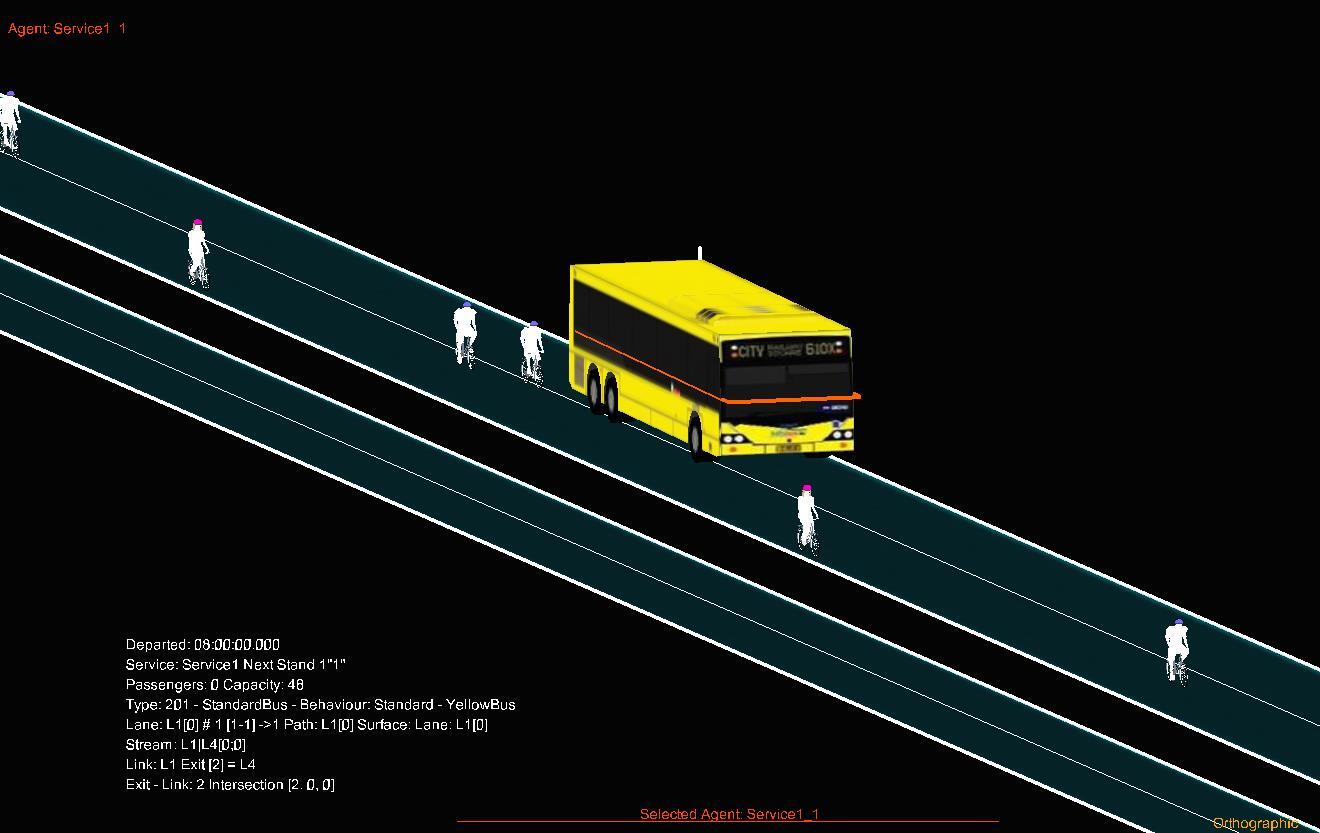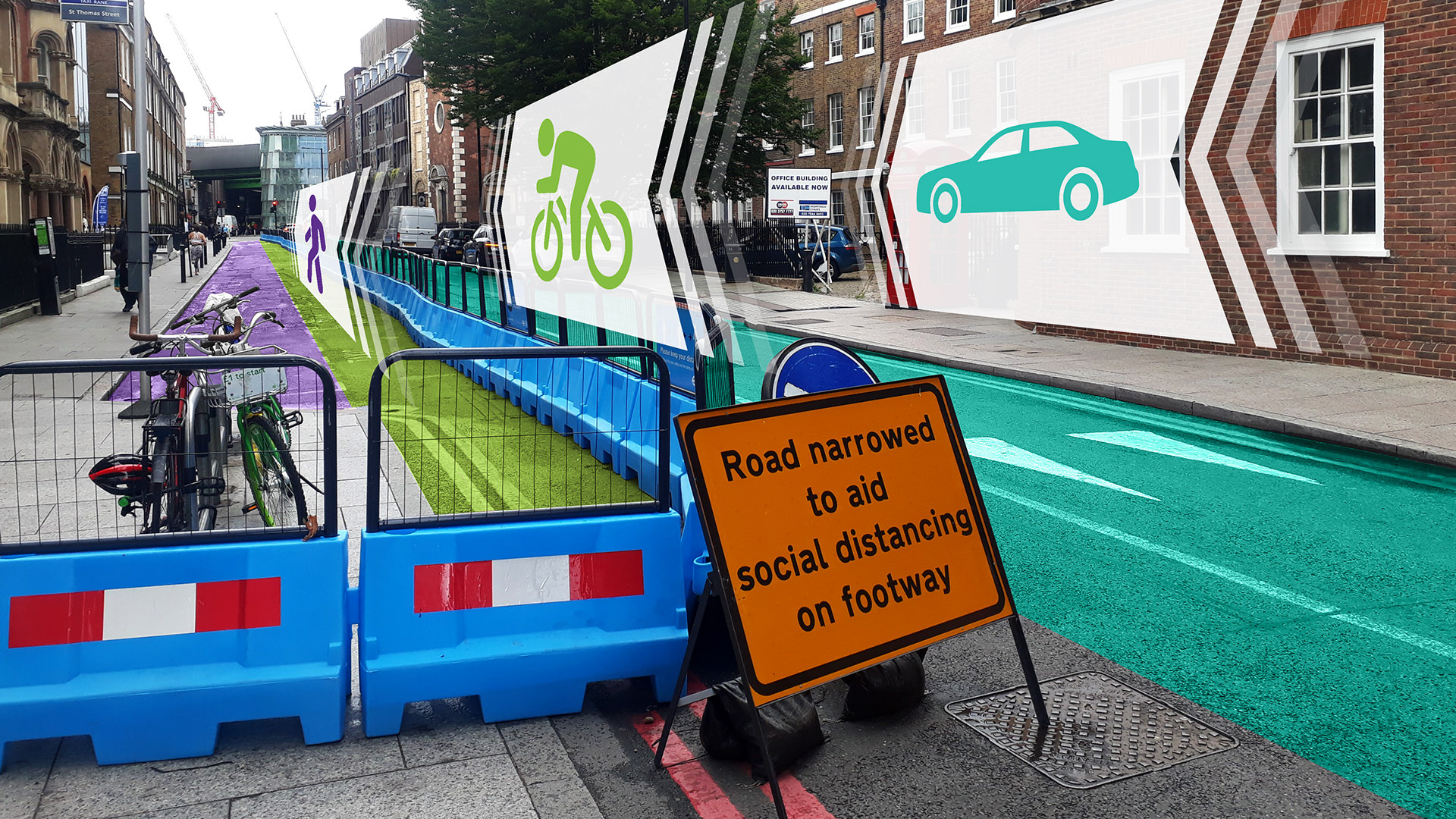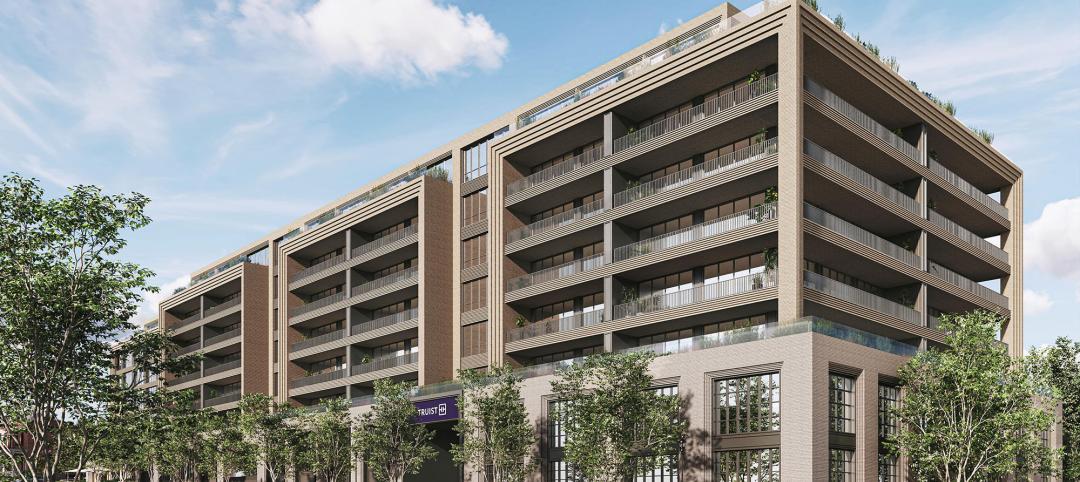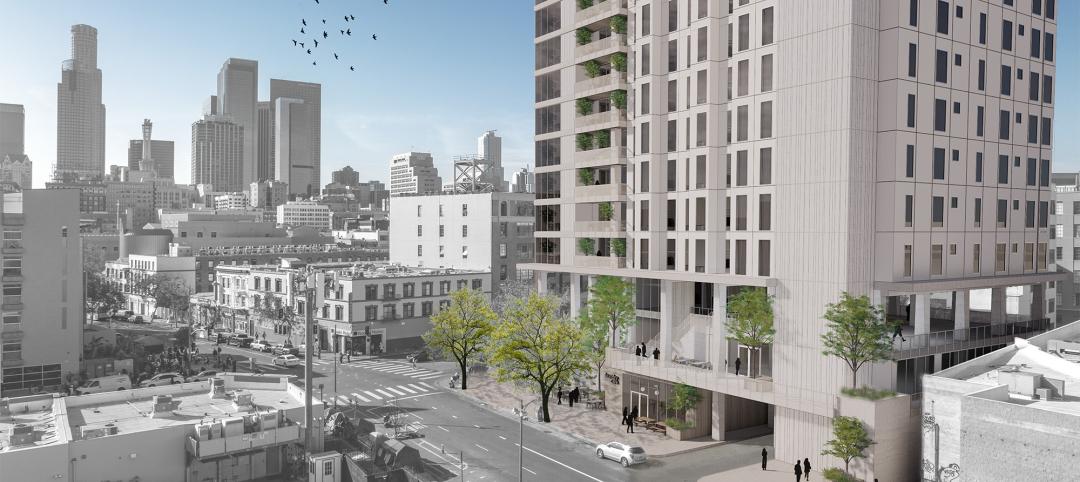Since early 2020, Americans have been forced to sequester themselves in their homes with outdoor activities, in most cases, being the sole respite for social distancing. And many of people are going back to the basics with a quintessential outdoor activity: biking.
Bike sales absolutely skyrocketed during the pandemic, growing by 69% in 2020. The U.S. weekly average ridership increased by 20% year over year and increased 110% on trails. In fact, nine percent of Americans say they rode a bike for the first time in over a year specifically because of the pandemic. However, while this sudden jump is remarkable, interest in cycling isn’t necessarily a new phenomenon.
A packed peloton: The (steady) rise of the bicycle
Between 2000 and 2013, bicycle commuting rates across the U.S. jumped by 62%. This trend has not been lost on Departments of Transportation either – California for example dedicates $220 million each year for infrastructure projects specifically to improve bike safety, and Federal Highway Administration continually supports funding and innovation for Safe Transportation for Every Pedestrian (STEP).
Now, there’s support for cycling at the federal level. Improving road safety for cyclists is a key part of President Biden’s Infrastructure Investment and Jobs Act, which includes a $5 billion “Safe Streets for All program” to make American streets safer for cyclists and pedestrians and help reduce crashes and fatalities.
Together, growing bike ridership and federal funding mean there will be mounting pressure to increase safety for everyone on the roads.
Safer roads benefit everyone
Multiple studies have shown that putting bike safety at the forefront of infrastructure design and construction behooves us all. A 2019 study showed that cities with higher rates of cycling are both safer for cyclists and have fewer life-threatening or fatal crashes for motorists and pedestrians. The theory is simple: if you build infrastructure focused on bicycle safety, you create a safer shared environment for everyone involved.
However, in the U.S. cyclists have historically been accommodated rather than prioritized in infrastructure, with measures like implementing “sharrows” (bicycle signs painted on the road) or adjusting traffic management systems. Every year, a comprehensive ranking of the “most bicycle-friendly cities on the planet” is released called the The Copenhagenize Index – arguably the most reliable and thorough list of its kind. Unfortunately, the last time a U.S. city was named to the coveted list was 2011.
The progress of other global cities shows the opportunity the U.S. has to meet this increase in bike participation in stride – and make everyone on the roads safer in the process.
Infrastructure and design: shifting from “accommodation” to “facilitation”
For transportation infrastructure, it’s time to adjust our mindset from “accommodation” to “facilitation.” Here are a few ways infrastructure teams, whether city or state, can do just that:
- Dedicated bike lanes: Tremendously more substantial than “sharrows,” dedicated bike lanes have proven to dramatically increase safety and peace of mind for motorists and cyclists alike. In some cases, they’ve resulted in 90% fewer injuries per mile compared to areas with no bike infrastructure (with 96% of people feeling safer just because of their existence).
- Bike bridges and people paths: While many bridges are built specifically for pedestrians and cyclists, retrofitting existing bridges to include bikeways provides a drastic improvement for cyclists. Anything new should plan to include “people paths” given that bridges are typically built to last more than 50 years.
- Protected intersections: A shining example of a society that has successfully engrained cycling into its culture, The Netherlands have taken dedicated bike lanes to the next level by creating fully protected intersections. With disproportionately high rates of collisions at intersections, the Netherlands have expanded physical dividers and installed raised bike lanes in intersections.
- Enhanced traffic calming measures: From speed humps to chicanes, traffic calming measures help to slow speeds and increase safety in more heavily trafficked areas.
- Bus turnouts: Cyclists are often permitted to share bus lanes with buses to separate themselves from other road vehicles. However, cycling alongside buses can be intimidating and dangerous, particularly when these large vehicles reach a stop. Bus turnouts – designated spots at the side of the road for buses to pull over – have been shown to reduce the risk of injury to cyclists.
- Bike storage: Whether people cycle for leisure or commuting, convenience is key. Providing quality end-of-trip facilities like bike storage can support long-term cycling habits. Evidence also suggests bike parking infrastructure can deliver five times higher retail spend than if the same area was used for car parking.
- The right material: The right road surface not only improves the comfort and safety of cycling, but helps to highlight cycle space to other road users. Asphalt concrete’s low friction and smooth surface have made it the surface of choice on Danish cycle tracks – whereas gravel and paving slabs can become uneven and potentially dangerous.
 Autodesk InfraWorks offers analysis tools to model and simulate how people, vehicles and cyclists travel within a network.
Autodesk InfraWorks offers analysis tools to model and simulate how people, vehicles and cyclists travel within a network.
Take it for a test ride: using VR and simulation to mitigate risk
The use of virtual reality, augmented reality and simulation in construction has become an invaluable tool that allows companies to try before they build. This is a monumental opportunity for taking the safety of cyclists, pedestrians and motorists into consideration when developing bike-friendly infrastructure.
Mobility simulators allow for multi-modal analysis – a way to simulate how traffic, pedestrians and cyclists would move and interact with each other in a given construction design. This not only saves incredible amounts of time for traffic analysts, but also allows analysts to optimize for effectiveness, cost and safety for everyone involved. In a situation where rework is not only costly but also potentially life threatening for motorists and cyclists, mitigating risk during the preconstruction phase is invaluable.
A new dawn of American cyclery
If at least one thing is for sure, we will continue to see an increase of bikes on our roads – whether it’s life-long bike commuters or hobbyists who recently purchased a bicycle to get outside during the pandemic.
It’s our duty within the design and construction community to be forward thinking about the way we build and create a safer environment for everyone involved. For our roads – this starts with shifting our mindset away from building to simply accommodate cyclists and towards building to encourage more bike riding. The question is: are we up for the challenge?
About the Author
Nick Ramondo is a Technical Specialist at Autodesk Construction Solutions, a construction productivity software company that helps the industry connect the office, trailer and field with intelligent project management tools built on a unified construction cloud platform. Prior to joining Autodesk in 2020, he spent seven years in the AEC industry as an engineer and project manager. Ramondo is a Licensed Professional Engineer and holds a Master of Architectural Engineering from the Pennsylvania State University. He lives in Philadelphia with his wife, Carolyn.
Related Stories
Urban Planning | Jan 2, 2024
Federal Highway Administration releases updated traffic control manual
With pedestrian deaths surging nationwide, the Federal Highway Administration released a new edition of the Manual on Uniform Traffic Control Devices for Streets and Highways. The manual contains standards for street markings and design, standardizing signage, and making driving as seamless as possible.
Urban Planning | Dec 18, 2023
The impacts of affordability, remote work, and personal safety on urban life
Data from Gensler's City Pulse Survey shows that although people are satisfied with their city's experience, it may not be enough.
Multifamily Housing | Nov 30, 2023
A lasting housing impact: Gen-Z redefines multifamily living
Nathan Casteel, Design Leader, DLR Group, details what sets an apartment community apart for younger generations.
Condominiums | Nov 6, 2023
Douglas Elliman launches its first Metro D.C. condominium project
Douglas Elliman, one of the largest independent residential real estate brokerages in the United States, announced last week that the firm will be handling the sales and marketing for Ten501 at City Centre West.
Office Buildings | Oct 16, 2023
The impact of office-to-residential conversion on downtown areas
Gensler's Duanne Render looks at the incentives that could bring more office-to-residential conversions to life.
Urban Planning | Oct 12, 2023
Top 10 'future-ready' cities
With rising climate dilemmas, breakthroughs in technology, and aging infrastructure, the needs of our cities cannot be solved with a single silver bullet. This Point2 report compared the country's top cities over a variety of metrics.
Resiliency | Aug 7, 2023
Creative ways cities are seeking to beat urban heat gain
As temperatures in many areas hit record highs this summer, cities around the world are turning to creative solutions to cope with the heat. Here are several creative ways cities are seeking to beat urban heat gain.
Affordable Housing | Jul 27, 2023
Repeatable, supportive housing for the unhoused
KTGY’s R+D concept, The Essential, rethinks supportive housing to support the individual and community with a standardized and easily repeatable design.
Urban Planning | Jul 26, 2023
America’s first 100% electric city shows the potential of government-industry alignment
Ithaca has turned heads with the start of its latest venture: Fully decarbonize and electrify the city by 2030.
Urban Planning | Jul 24, 2023
New York’s new ‘czar of public space’ ramps up pedestrian and bike-friendly projects
Having made considerable strides to make streets more accessible to pedestrians and bikers in recent years, New York City is continuing to build on that momentum. Ya-Ting Liu, the city’s first public realm officer, is shepherding $375 million in funding earmarked for projects intended to make the city more environmentally friendly and boost quality of life.

















